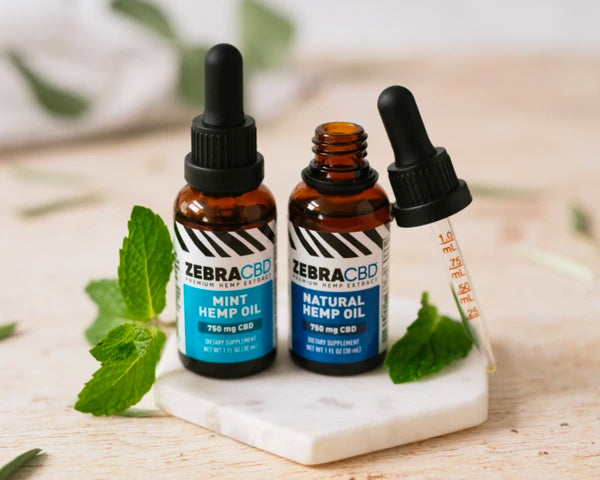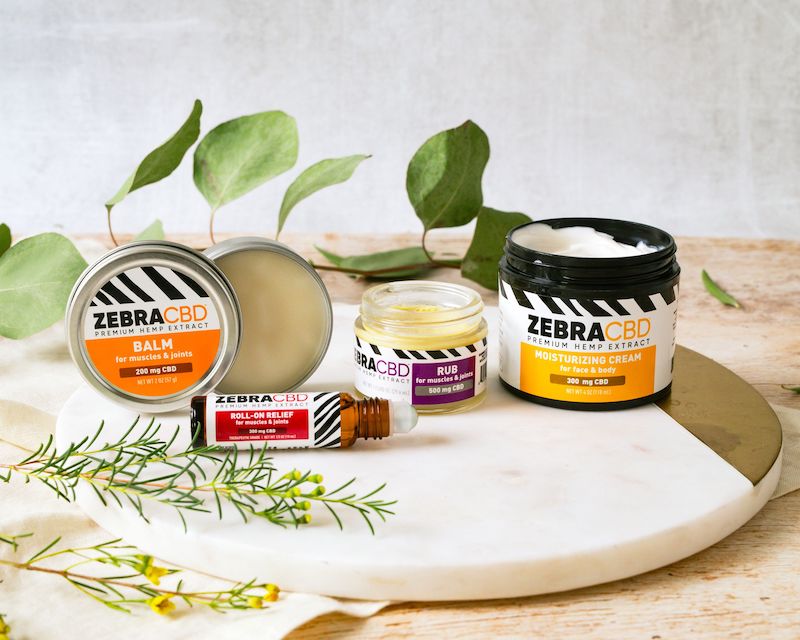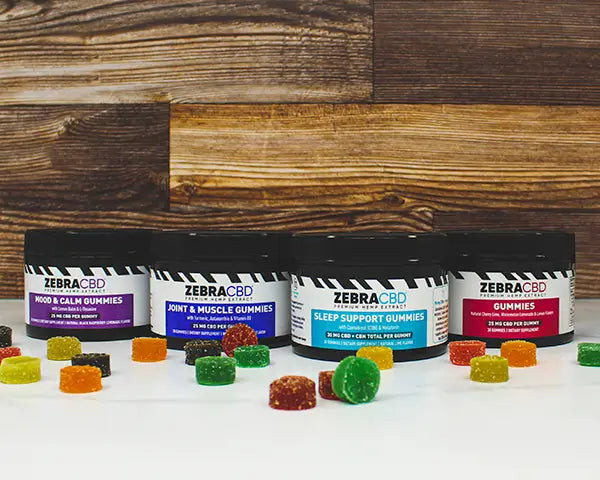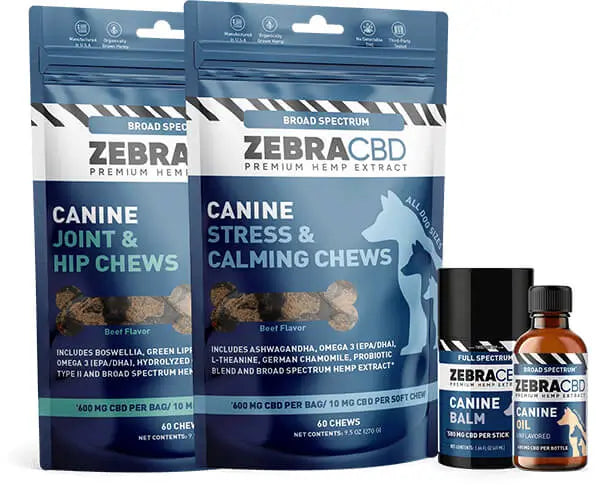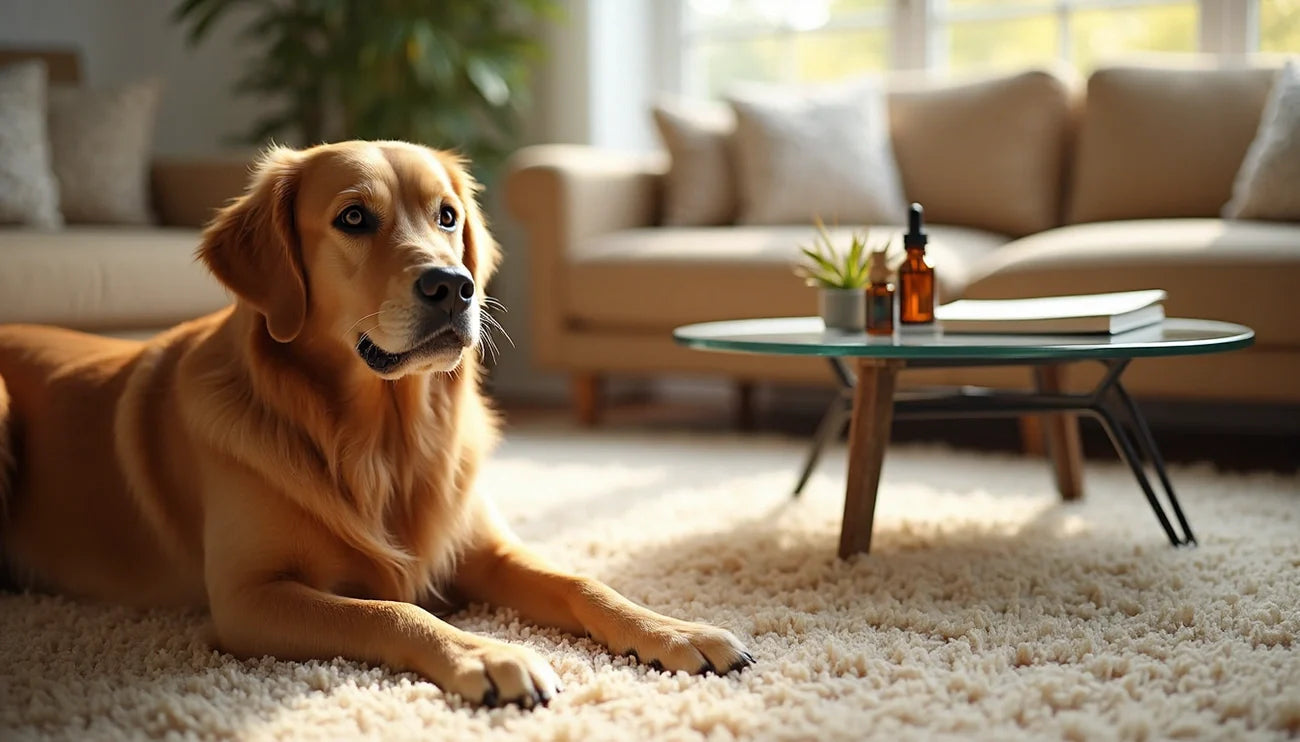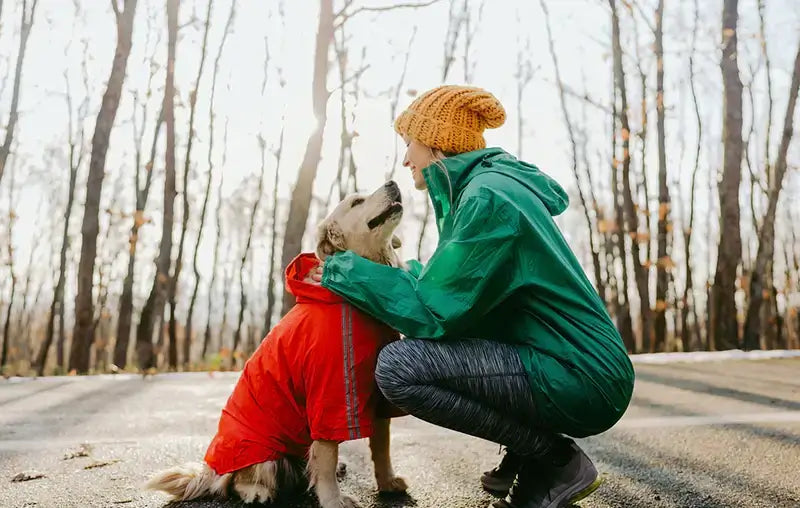
Dogs are curious creatures. Even with their treasure trove of balls, ropes, chewies and squeaker toys, they sometimes still find time to nibble on everything else in sight — from wooden chair legs to your favorite pair of sneakers.
Not only is free-for-all chewing an inconvenience to any dog owner, but it may also pose a serious threat to your pup, especially if they start chewing on something that may be destructive to their intestinal tracts.
If you notice your dog is destroying your household and you’re wondering how to stop a dog from chewing everything, we’ve rounded up a smorgasbord of tips to mitigate this destructive behavior.
Why Do Dogs Chew on Things They’re Not Supposed to?
It’s very normal for your dog or puppy to chew on objects in an attempt to explore and learn about their surroundings. More so, for young pups, a dog’s chewing on toys can actually stop tooth pain when teething. An older dog may also chew on toys or objects in an attempt to maintain good oral health — chewing can cut down on dental tartar.
However, a dog may also start chewing on household items if he of she is feeling nervous or uneasy for a variety of reasons, including but not limited to:
- Boredom – Your dog needs mental stimulation throughout the day to mitigate feelings of restlessness. If you’re frequently gone for long periods of time, your pooch may resort to chewing and destroying, say, your couch cushions (stuffing and all) to bring a bit of fluff-filled excitement into their day.
- Separation stress – Many dogs hate to see their humans go. It can cause feelings of sadness and nervousness and sometimes even fear if your pup has a history of abuse or abandonment. To that end, dogs who experience stress during separation may participate in any destructive behavior, such as chewing or soiling the house. You’ll know your dog experiences separation stress if they also bark, drool or refuse to eat or drink. CBD calming chews for dogs can be a helpful solution to ease separation stress and promote a sense of calm and relaxation in your furry friend.
- Hunger – Sometimes your pup’s just looking for a tasty meal to tide them over before dinnertime. If your dog is on a diet, or just isn’t getting enough nutrition, they may look for nutrition elsewhere — like under your couch cushions. Oftentimes, hungry dogs will dine on objects that are food-related or smell like their favorite treats.
In addition to household objects, your dog may also be chewing on its paws or tail. Toe and tail nibblers typically do so in response to physical discomfort or itchiness that’s most often due to:
- Food allergies
- Seasonal/environmental allergies from mold, pollen or household chemicals
How to stop a dog from chewing his tail can be complex. Oftentimes extensive tail chewing can lead to injuries, especially if your dog strips away its fur. Sometimes, you can bandage the tail and apply a bittering spray to prevent your pup from compulsive behavior. If it continues, consult a veterinarian.
So, let’s talk about how to stop a dog from chewing himself and objects found within your home?
#1 Create a Doggy-Proof Space For Your Pup
If you’re planning to be away from your home and your pooch for a long period of time—whether you’re working a 9-to-5 office job or spending the day with friends or family—your best bet is to dog-proof an area of your home where your pup won’t be able to get into trouble.
Most likely, if your dog is prone to separation stress or boredom, a simple chew toy or treat won’t stop them from chewing on bigger and better things as the day goes on.
To that end, you can designate an entire room or gate off a section of your home away from smelly shoes, tasty table legs and tantalizing treat bins. When dog-proofing a space, be sure to:
- Store all clothing and shoes in a closed closet that cannot be opened
- Remove all valuables, such as rugs or favorite books
- Tape down electrical cords
- Put trash cans in another room, or behind a closed door
- Provide a comfortable place for your dog to rest, complete with a bed, blankets and their favorite toys
- Include a bowl of fresh water and some treats if you’ll be away for a long period of time
#2 Entertain Your Pup
If your pooch bores easily and finds solace within destruction, give them a few ways to entertain themselves:
- Interactive toys – Interactive toys like flip boards and pet balls can keep your dog busy and engaged, even when you’re not around.
- Food puzzles – Fill a Kong toy with peanut butter or opt for a seek-a-treat puzzle toy that challenges your pup to chew on something more suitable than a sneaker.
- Doggy TV or music – Put on the Animal Channel or select a soothing, dog-friendly playlist to keep your pup engaged with the TV and away from the trash can.
#3 Give Your Pup a Chewing Alternative
Wondering how to stop a dog from chewing his bed or other household objects? A chew-heavy pup may benefit from a hardy chew toy. Destructive chewing often transcends household items — your rambunctious pup may also destroy their own toys, too.
In that case, you can buy a few indestructible chew toys that are tooth-friendly. If your pup shreds or deconstructs its toys, it may be dangerous to your dog if swallowed. As such, consider toys made with:
- Nylon
- Rope
- Jute
- Fire hose
- Silicon
- Kevlar
- Rubber
You’ll want to find a toy that aligns with your dog’s weight and size. For example, a small toy, even made with rubber, will probably not be able to withstand the tenacious jaws of your English Mastiff. Many brands curate weight-specific chew toys to meet the needs of every size and breed.
#4 Exercise Your Pup
A well-exercised pup is a happy pup. Ensure that your dog is getting its daily exercise, whether it’s a long walk along local trails, an hour-long fetch session in the backyard or a visit to the local dog park.
In addition to mitigating boredom and providing mental stimulation, a Texas A&M study also found that exercising your dog can promote your pup’s general health by:
- Keeping the heart, muscles and joints strong
- Maintaining weight
- Advancing coordination
#5 Implement Doggy CBD
Dog CBD oil and chews can promote feelings of calmness and relaxation within your pooch, greatly helping pups who are prone to chewing. In fact, CBD oil works uniquely within your dog’s physiological systems to maintain a sense of homeostasis — primarily by interacting with your pooch’s endocannabinoid system (ECS).
The endocannabinoid system is a network of neurotransmitters that populate nearly every bodily system, helping to regulate your pup’s overall well-being.
In fact, all animals have endocannabinoid systems, including mammals, birds, reptiles, sea urchins, leeches and fish.
When your pooch ingests a CBD product, the cannabinoid receptors found in CBD can bind with the endocannabinoids within the system and help promote relaxation. So, if your pup is feeling insatiably hungry or too hyper to sit still, a dog-friendly CBD product may be the answer you’re looking for!
Chews Zebra CBD For Your CBD Needs
If your Tasmanian devil of a dog can’t seem to put down his or her chompers, cultivating a solution that works for your young dog is vital. Remember, a calm pup is a happy pup.
Instead of letting the problem gnaw at you, relax your dog and nerves with Zebra CBD.
We offer a lineup of dog-friendly CBD products, including CBD oils and CBD chews that deliver high-potency, broad-spectrum hemp extract to your canine companion. If you’re feeling uneasy now that your weighted blanket is ripped to shreds, consider some human-grade CBD oil for yourself, too.
You and your pup can rest easy with Zebra CBD. For more on canine management, read our guide on “How to train a dog not to pull on their leash” for more information.
Sources:
Texas A&M University Veterinary Medicine and Biomedical Sciences. Benefits of Exercise. https://vetmed.tamu.edu/news/pet-talk/benefits-of-exercising-with-your-dog/
Realm of Caring. The Endocannabinoid System of Animals. https://realmofcaring.org/wp-content/uploads/2020/11/animals-09-00686.pdf

